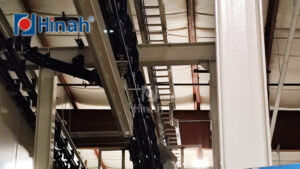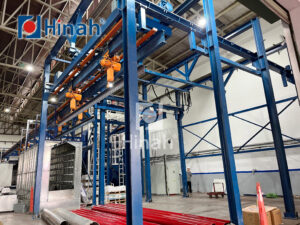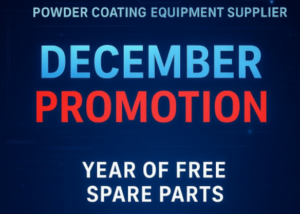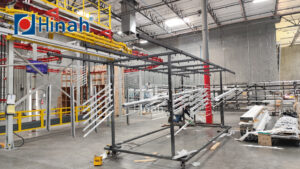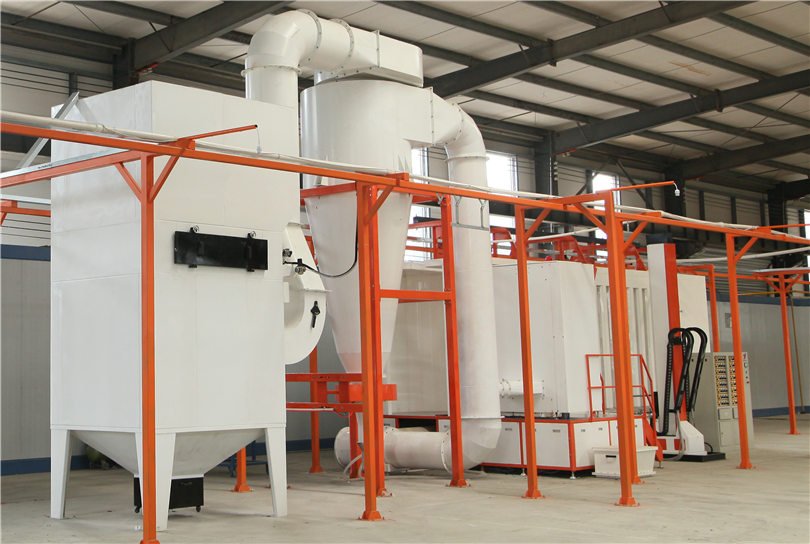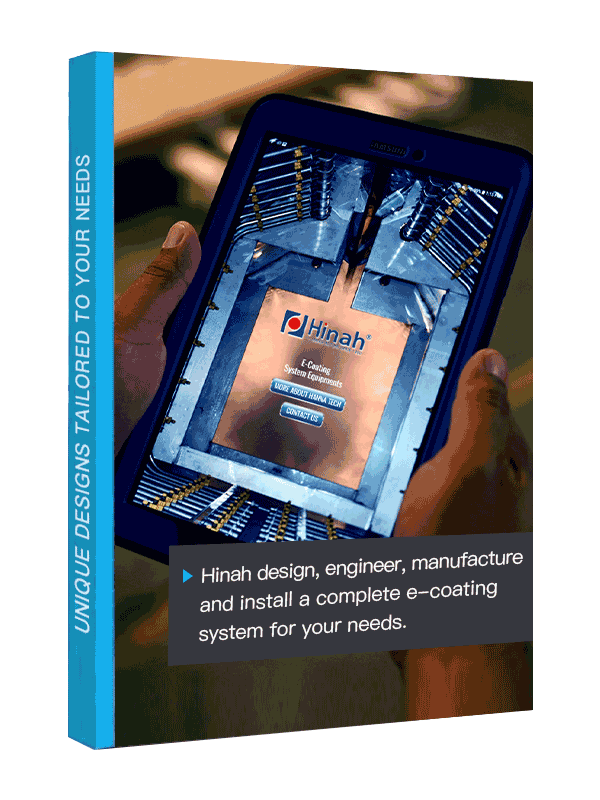A powder coating line is the heartbeat of any finishing operation, delivering consistent results while balancing speed and sustainability. Yet even the most advanced electrostatic spraying equipment can’t perform miracles without proper care. Over time, overlooked maintenance—like aging recovery systems or underperforming curing ovens—quietly chips away at efficiency, leading to unexpected downtime and inflated costs. The good news? Small, consistent actions can make a big difference. In this guide, we’ll explore practical, operator-friendly ways to protect your powder coating line’s lifespan, reduce wear-and-tear headaches, and keep your operations running smoothly for years to come.

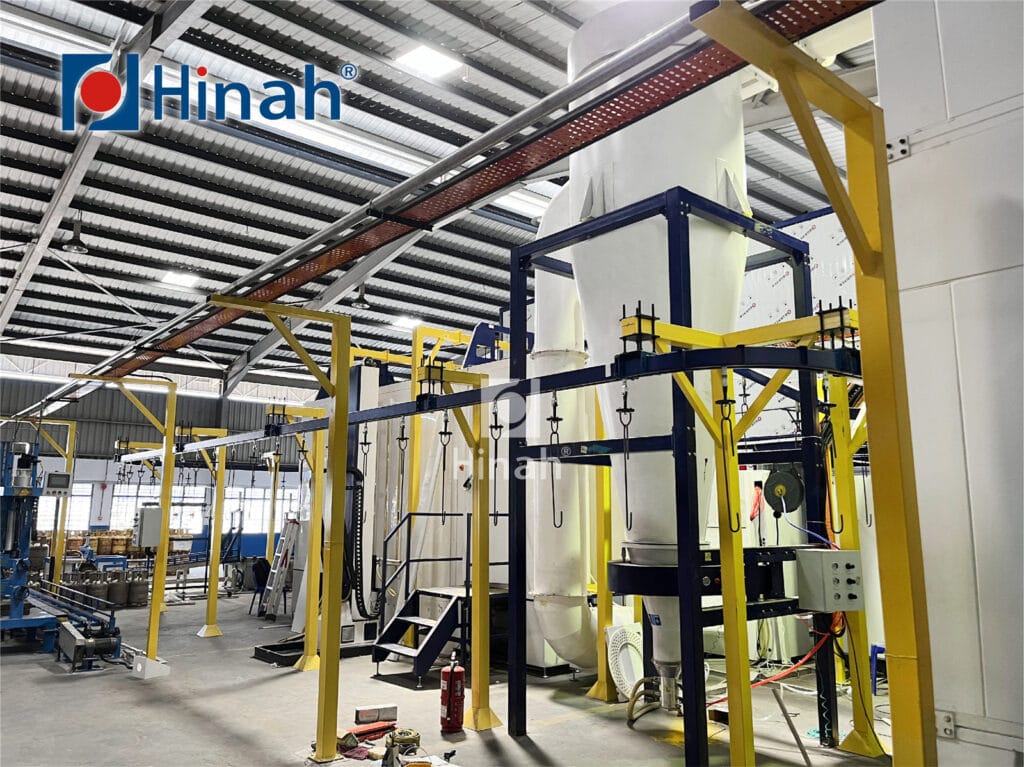
I. Regular Maintenance: The Backbone of Powder Coating Line Longevity
1.1 Upgrade to High-Performance Electrostatic Spraying Equipment
Older powder coating systems often strain to meet modern demands, accelerating wear and inefficiencies. Upgrading to advanced electrostatic spraying equipment can significantly extend your powder coating line’s lifespan by improving transfer efficiency (reducing overspray and recovery system stress) and minimizing defects that trigger rework cycles. Modern systems also integrate smart diagnostics to flag issues like voltage irregularities or airflow imbalances early, preventing small problems from escalating. For example, replacing manual spray guns with automated electrostatic sprayers ensures consistent coating thickness, reducing mechanical stress on conveyors and curing ovens while cutting long-term operational costs.
1.2 Build a “Prevent, Don’t React” Maintenance Schedule
Proactive maintenance is key to avoiding costly breakdowns. A structured schedule should include inspecting spray gun nozzles for clogs and testing grounding systems to prevent uneven coating, and alongside regularly filter replacements in spray booths and recovery units to avoid overtaxing motors, as well as calibrating electrostatic gun settings and inspecting hoses for leaks, ensure optimal performance and energy efficiency. By prioritizing prevention, you reduce abrasive wear on components and avoid collateral damage from overlooked issues like misaligned chains or clogged filters.
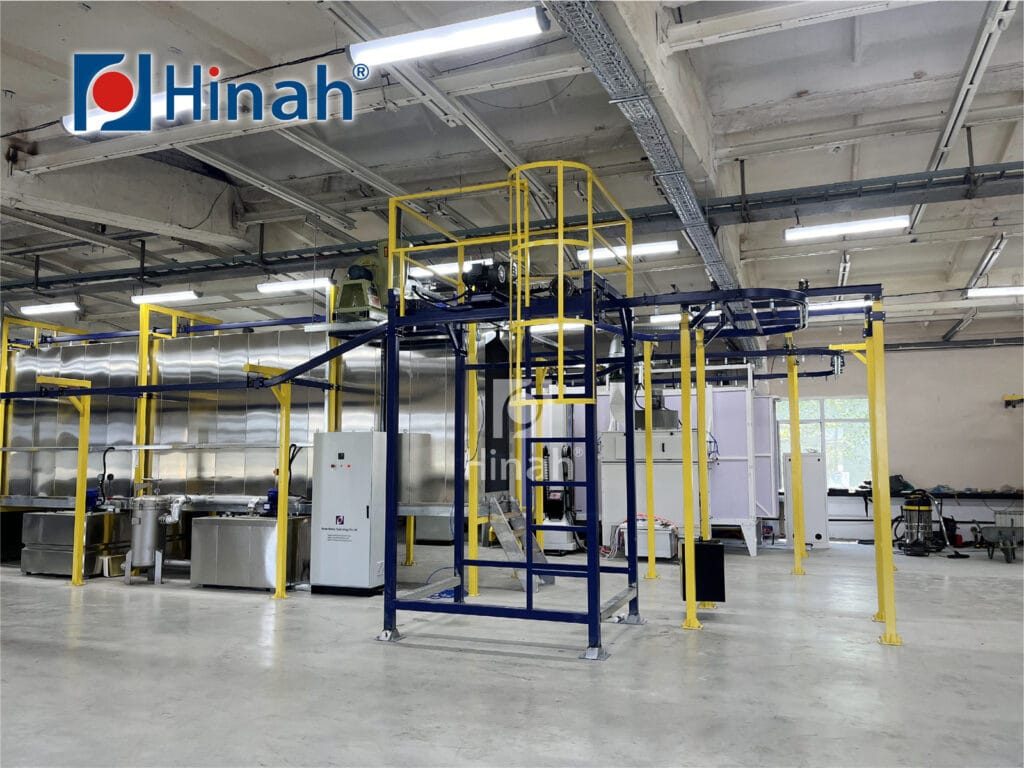
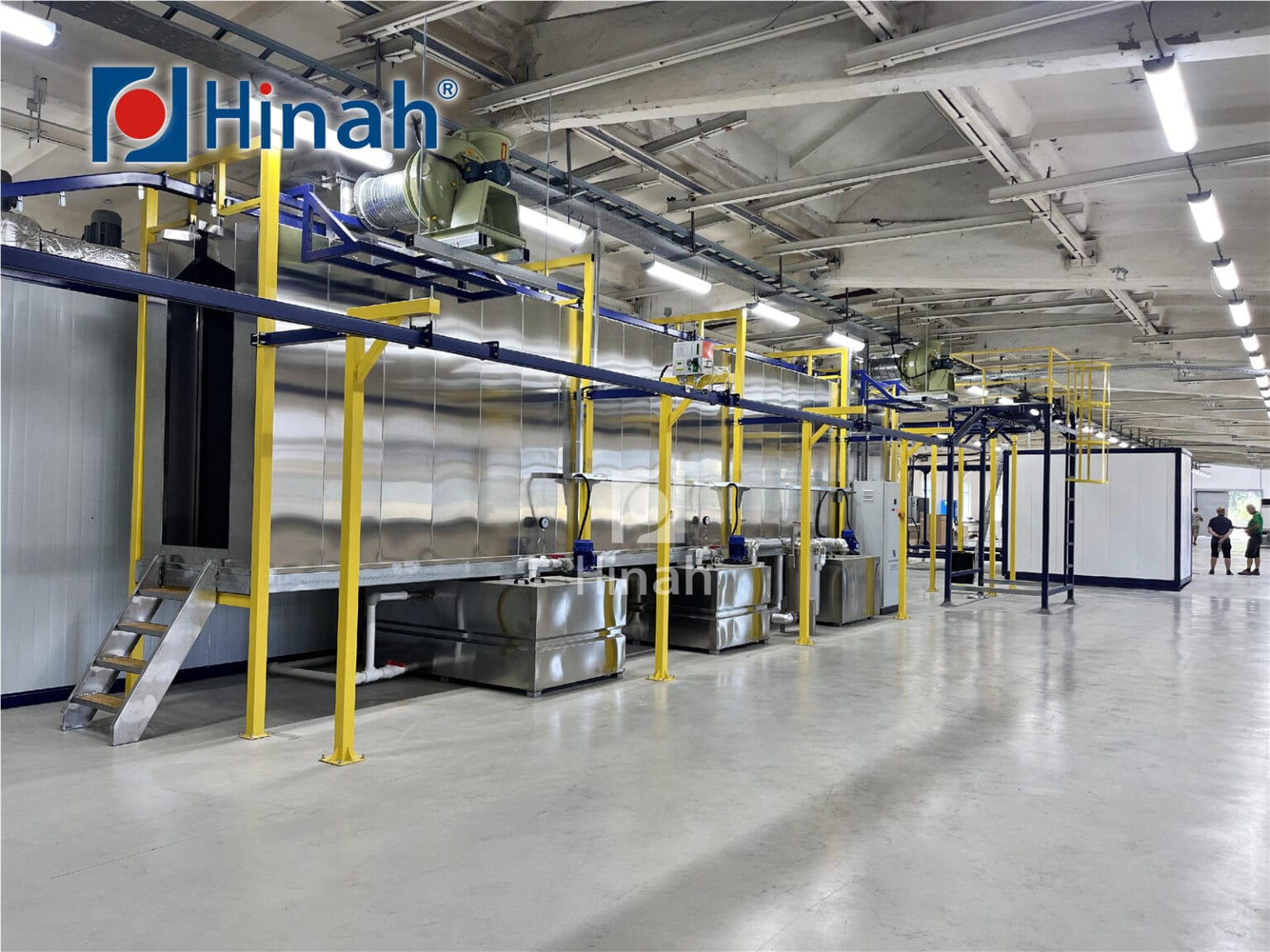
II. Optimize Curing Oven Performance for Powder Coating Line Efficiency
A well-tuned powder coating curing oven is the unsung hero of a durable powder coating line, directly impacting both finish quality and long-term equipment health. Start by prioritizing temperature consistency—irregular heating forces aggressive cycling that wears out heating elements and insulation. Calibrate sensors quarterly and use thermal mapping tools to identify hot or cold zones, especially in older ovens. For aging systems, retrofitting with energy-efficient radiant panels or upgrading airflow fans to variable-speed drives can stabilize heat distribution and reduce strain. Modern solutions like infrared (IR) or hybrid curing systems take efficiency further: IR targets heat precisely onto coated surfaces, slashing warm-up times and energy waste, while heat recovery units reuse exhaust to preheat incoming air, cutting fuel use by up to 30%. However, even the most advanced ovens need disciplined upkeep. Clean burner nozzles monthly to prevent uneven combustion, and inspect conveyor bearings entering the oven to avoid friction-induced failures. By balancing upgrades with routine care, you’ll prevent bottlenecks, lower energy costs, and ensure your curing oven doesn’t become the weak link in your powder coating process.

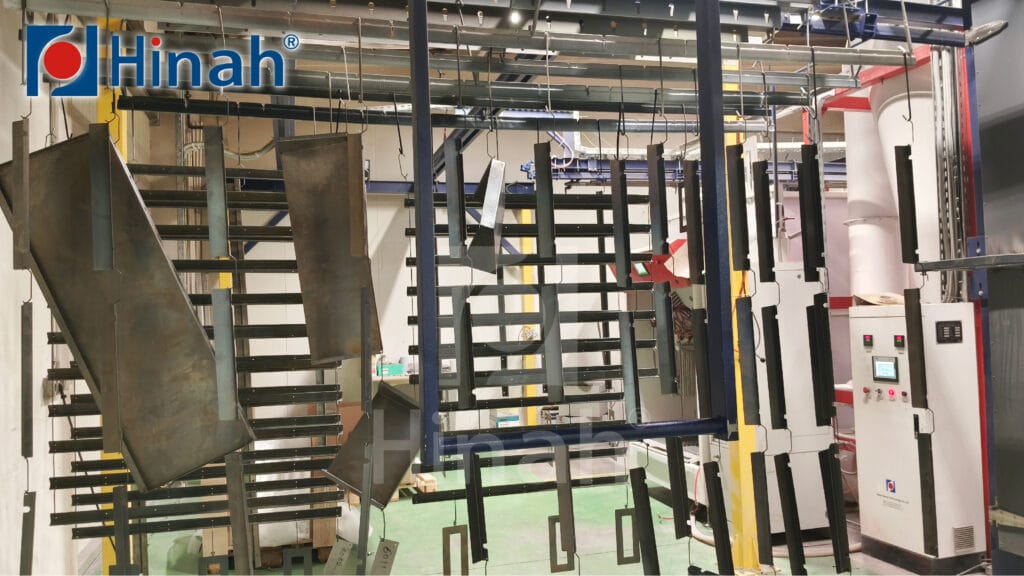
III. Revamp Your Powder Recovery System
3.1 Signs of a Failing Recovery System
A struggling powder recovery system doesn’t just waste material—it strains your entire coating line. Watch for these red flags:
- Excessive powder waste: If overspray accumulates in the booth or filters clog prematurely, your recovery system is likely underperforming. This forces pumps and fans to work harder, accelerating wear.
- Airflow imbalance warnings: Inconsistent suction (e.g., weak powder pickup in certain zones) disrupts coating uniformity and overloads motors. Check pressure gauges—deviations beyond ±10% indicate trouble.
- Frequent filter replacements: Aging systems often require weekly filter changes due to poor separation efficiency, driving up operational costs.
- Visible powder leaks: Dust escaping from seals or ducts signals poor containment, risking contamination and safety hazards.
3.2 Modern Recovery Solutions
Upgrading your powder recovery system can slash waste and extend equipment lifespan. Compare two leading technologies:
Cyclonic Systems
– Pros: Low maintenance (no disposable filters), ideal for high-volume operations. Uses centrifugal force to separate powder, recovering 85-90% of material.
– Cons: Less effective for fine powders (<30 microns). Requires regular cyclone throat cleaning to prevent buildup.
Cartridge Filter Systems
– Pros: Captures 95%+ of powder, including ultrafine particles. Self-cleaning mechanisms (pulse jets) reduce downtime.
– Cons: Higher upfront cost and periodic filter replacement expenses.
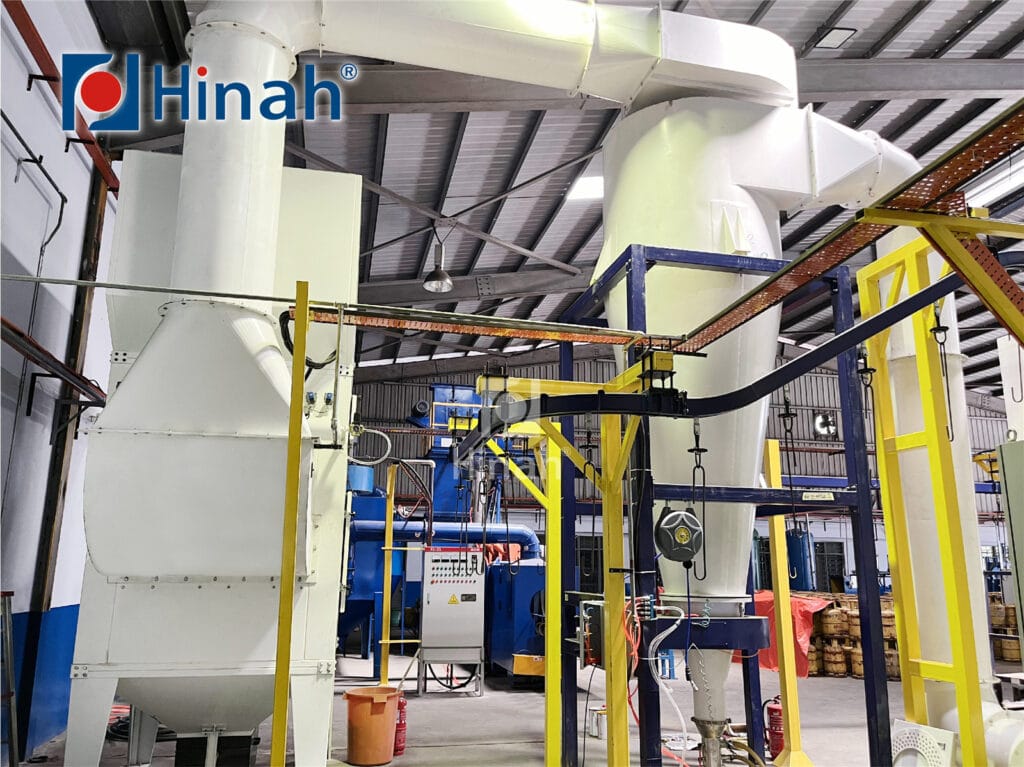
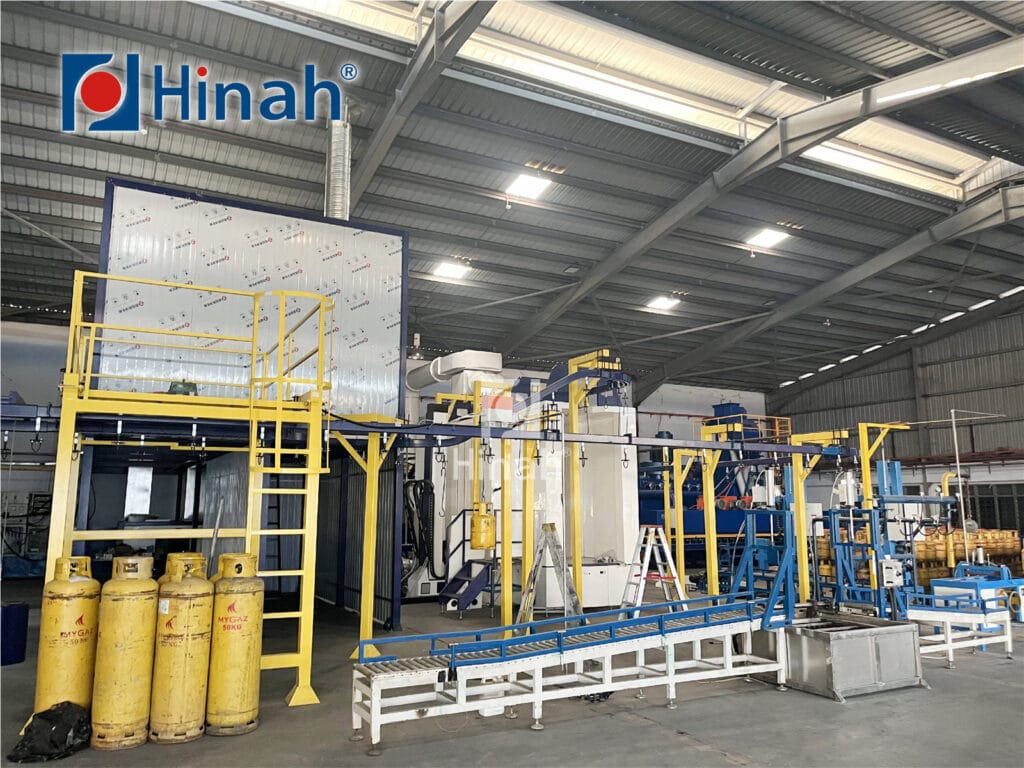
IV. Daily Operational Checks for Powder Coating Line Equipment
Streamline your daily routine with these focused checks to protect equipment longevity and maintain peak performance:
- Clean Critical Surfaces
Remove powder buildup from booth walls, grates, and conveyors. Excess residue strains airflow systems and increases motor load.
- Lubricate and Adjust Moving Parts
Apply high-temperature grease to conveyor chains daily to prevent accelerated sprocket wear. Check chain tension—loose chains misalign parts, stressing motors and causing uneven coating.
- Inspect Spray Guns and Air Systems
Wipe electrostatic guns clean to ensure consistent charging and powder flow. Drain moisture traps in compressed air lines to avoid clogs or powder clumping.
- Monitor Filters and Safety Features
Spot-check primary filters: Clogged filters overwork recovery systems, shortening their lifespan. Test emergency stop buttons and door sensors to prevent mechanical damage during malfunctions.
- Listen and Observe
Grinding noises from bearings or irregular conveyor movements signal urgent repairs. Cloudy or low gearbox oil? Top up immediately to prevent overheating and gear damage.


